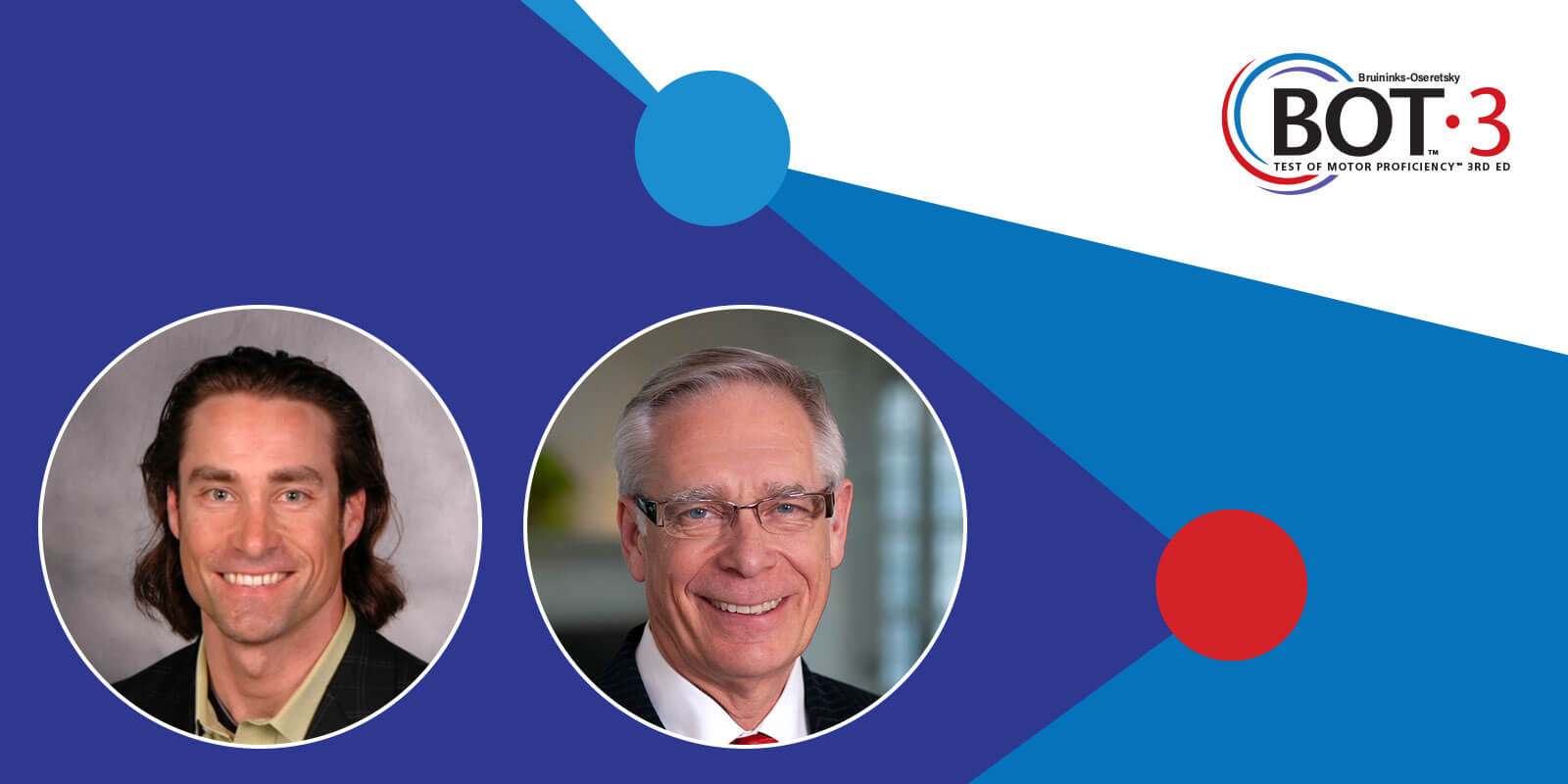If you're an occupational or physical therapist, you probably spend a lot of your day thinking, talking, and reading about motor skills…

How do you stay up to date in your field? Our team of experts, authors, and specialists contribute regularly to our profession-specific blogs, keeping you informed of the latest industry trends, news, and innovations. Dive in below and check back often, as new content is added weekly.
If you're an occupational or physical therapist, you probably spend a lot of your day thinking, talking, and reading about motor skills…
Over the last ten years, the Bayley Scales of Infant and Toddler Development, Third Edition (Bayley-3), a leading developmental assessm…
It's early morning, the sun is barely rising, and your only desire is a cup of coffee to kickstart your day. As you head toward the kit…
Literacy is the cornerstone of academic achievement, career success and lifelong learning. Yet, despite its undeniable importance, acce…
There’s a lot happening over here as we develop the new WAIS-5. We wanted to share our latest updates as we get closer to releasing thi…
The Bruininks-Oseretsky Test of Motor Proficiency™, Third Edition (BOT™-3) is here, so we sat down with authors, Drs. Brett and Bob Bru…
The steady integration of technology in the classroom has ushered in a proliferation of digital assessments, which offer immense promis…
Every educator knows that most children thrive on routine, particularly in early childhood.






